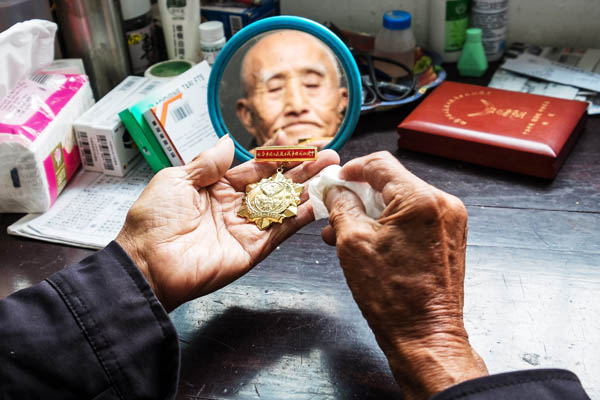The nation's aging future in a nutshell
China Daily, January 6, 2015 Adjust font size:
Rudong county was a pioneer in the implementation of the national family planning policy, and as such it offers a microcosm of one of the biggest problems facing the country in the years to come. Xin Dingding and Ding Congrong report from Nantong, Jiangsu province.
From nine to seven, then from seven to four: The reduction in the number of senior high schools in Rudong county, Jiangsu province, in the past four years has been a cruel but irreversible trend in the eyes of Chen Jian, deputy head of the county's education bureau.
"There are not enough students. Keeping all these schools open would have wasted a lot of resources," he said.
From 1986 to 2009 Chen taught English at the Rudong Senior High School, one of the county's two best senior high schools, before becoming the principal.
Rudong Senior High is one of the best high schools in Jiangsu, with more than 90 percent of its graduates winning places at colleges or universities, and many of them gaining admission to China's best universities. The school's record of academic excellence encouraged a large number of ambitious parents to arrange for their children to study there.
"Five or six years ago, our school had a maximum of 27 classes in one grade, and each class had nearly 70 students," Chen said.
The numbers were swollen by students from outside the district whose parents used every means available to enable their children to attend the school in the hope they would learn how to score high marks in the gaokao, China's annual national college entrance exam, and attend a top institution.
